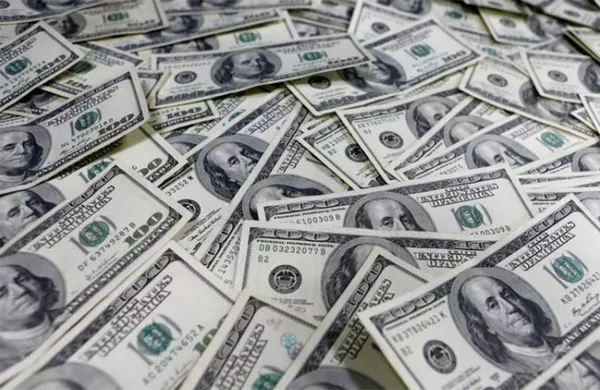When planning a trip to a foreign country, it is essential to understand the local currency and its acceptance. For travelers visiting Australia from the United States, one common question arises: Can you use US dollars in Australia? In this article, we will delve into the intricacies of currency exchange, explore the acceptance of US dollars in Australia, discuss conversion rates, and provide valuable travel tips for a seamless experience.
1. Understanding Australian Currency:
Australia’s official currency is the Australian Dollar (AUD), denoted by the symbol “$.” The currency is issued and regulated by the Reserve Bank of Australia. It is advisable for travelers to familiarize themselves with the denominations and security features of Australian banknotes before their journey. Common denominations include $5, $10, $20, $50, and $100 banknotes, while coins are available in 5, 10, 20, and 50 cent denominations, along with a one- and two-dollar coin.
2. Acceptance of US Dollars in Australia:
While the US dollar is not the official currency of Australia, there are specific situations where US dollars might be accepted, albeit with some limitations. Major international hotels, luxury retailers, and some tourist-oriented businesses may accept US dollars as a form of payment, particularly in popular tourist destinations like Sydney or Melbourne. However, it is important to note that the acceptance of US dollars is not guaranteed, and it is always wise to have the local currency on hand.
3. Currency Exchange Options:
Given the limited acceptance of US dollars, it is advisable for travelers to exchange their currency for Australian dollars upon arrival in Australia. There are several options available:
Airport Currency Exchanges: Airports generally have currency exchange counters where you can convert your US dollars to Australian dollars. However, they often charge higher fees and offer less favorable exchange rates. It is recommended to exchange only a small amount at the airport for immediate expenses and seek better rates elsewhere.
Banks and Financial Institutions: Major banks and authorized financial institutions in Australia provide currency exchange services. They offer competitive rates and lower fees compared to airport exchanges. Remember to carry identification documents, such as a passport, when exchanging currency at these establishments.
Currency Exchange Bureaus: Privately-owned currency exchange bureaus can be found in popular tourist areas and city centers. These establishments specialize in currency exchange and often provide competitive rates. Conduct a comparison of rates and fees before selecting a bureau for your exchange needs.
Automated Teller Machines (ATMs): ATMs are widely available in Australia and allow you to withdraw Australian dollars using your international debit or credit cards. However, keep in mind that your bank may charge foreign transaction fees and ATM withdrawal fees.
4. Conversion Rates and Fees:
Currency exchange rates fluctuate daily based on various factors like supply and demand, economic conditions, and political stability. It is advisable to check the current exchange rates before making any currency conversions. Additionally, most currency exchange services charge a fee or commission for their services. Compare the rates and fees offered by different providers to ensure you get the best deal.
5. Travel Tips for Currency Management:
To optimize your currency management during your visit to Australia, consider the following tips:
Carry Sufficient Local Currency: While major credit cards are widely accepted, it is wise to have some Australian dollars in cash for smaller vendors, public transportation, and emergencies.
Inform Your Bank: Prior to your trip, inform your bank about your travel plans to avoid potential issues with card usage. Ask about any foreign transaction fees or ATM withdrawal fees associated with your accounts.
Consider Prepaid Travel Cards: Prepaid travel cards, available from various financial institutions, allow you to load funds in multiple currencies, including Australian dollars. These cards offer convenience and security while locking in exchange rates in advance.
Keep Emergency Funds: It is always advisable to carry some emergency funds in a separate and secure location, such as a money belt or hidden pocket.
Conclusion:
While the US dollar is not widely accepted in Australia, it is possible to use it in limited situations, especially in tourist areas and high-end establishments. However, for a smooth travel experience, it is recommended to exchange your US dollars for Australian dollars upon arrival. By understanding currency exchange options, staying updated on conversion rates, and following travel tips, you can ensure a hassle-free trip Down Under.


